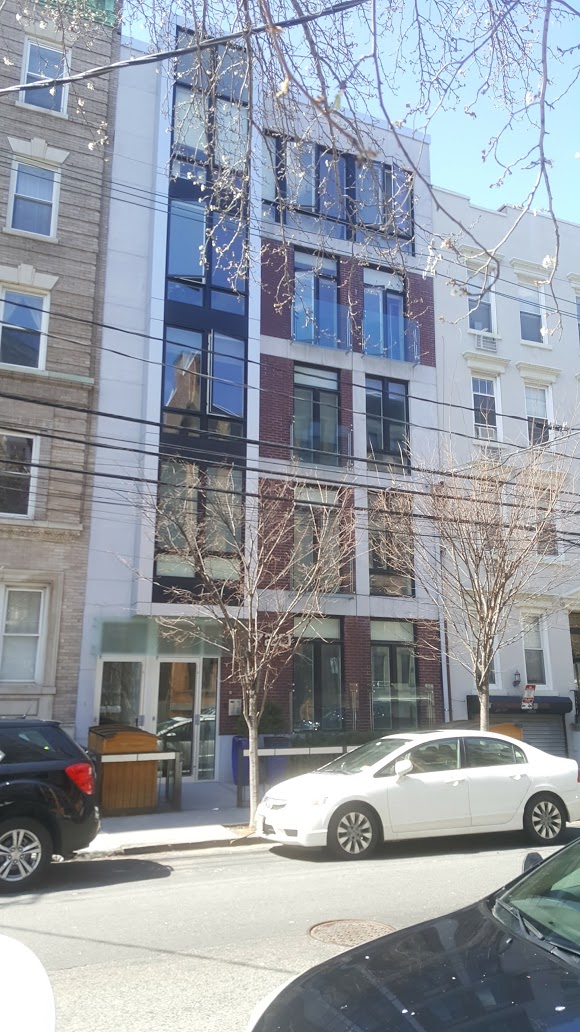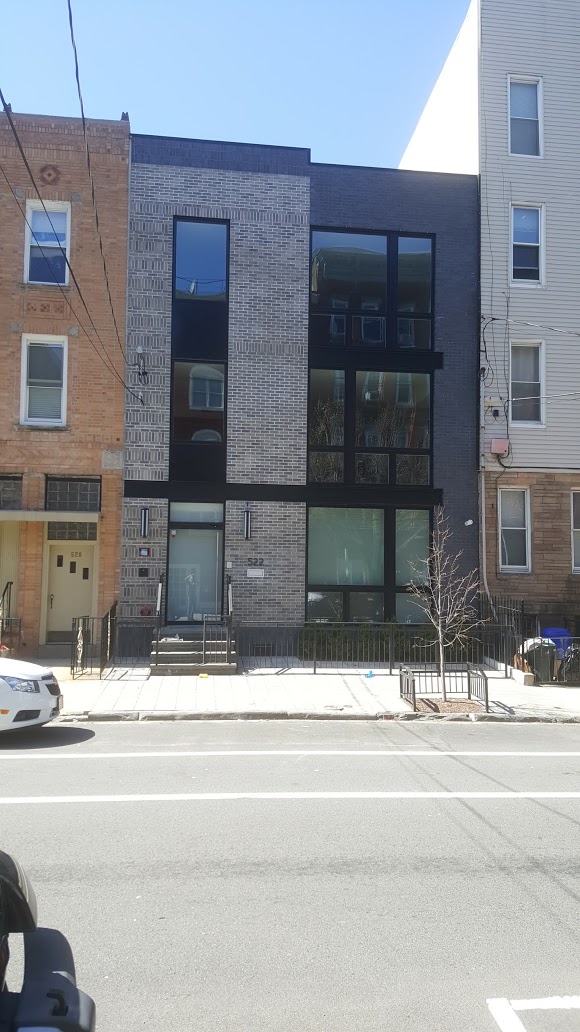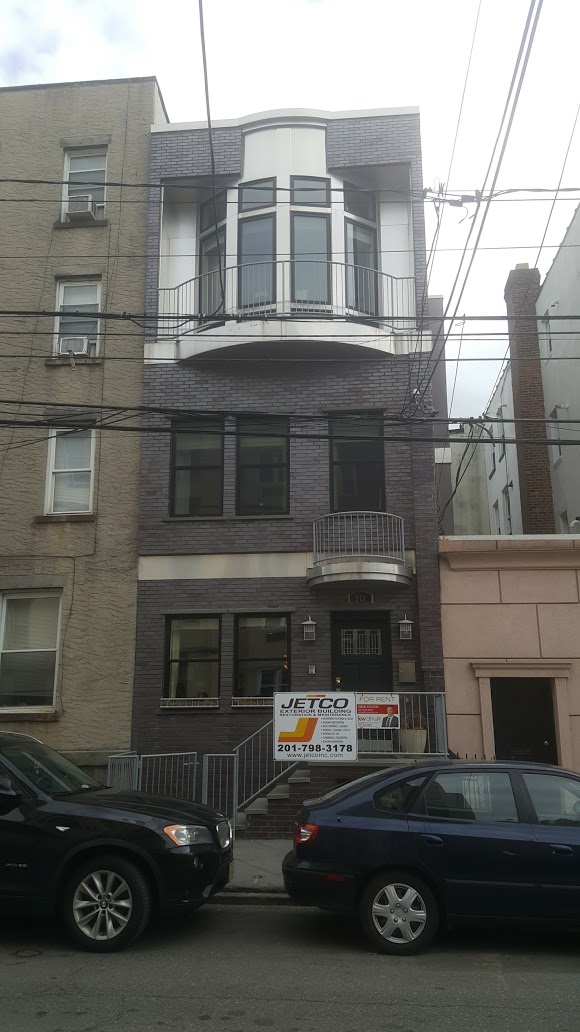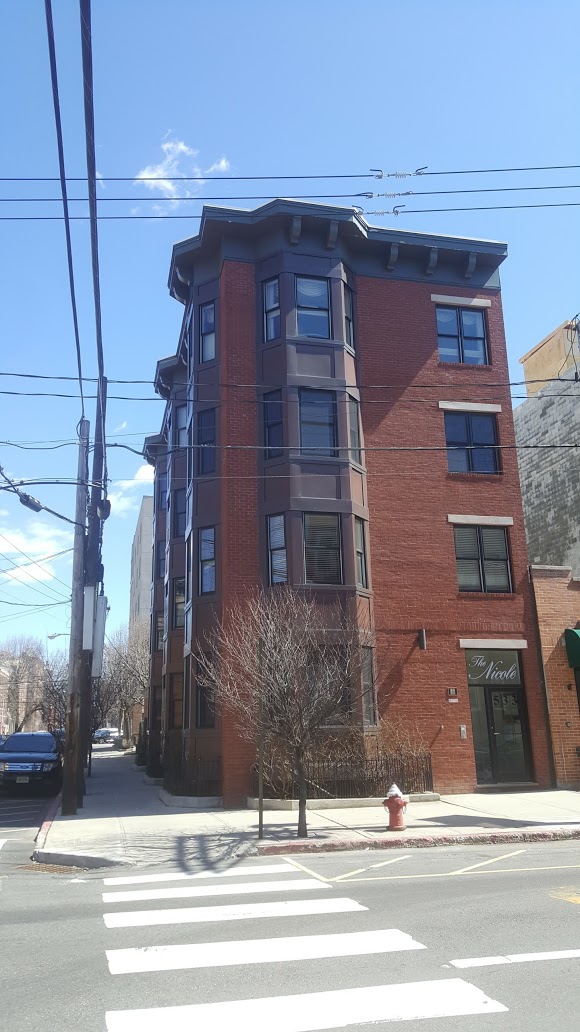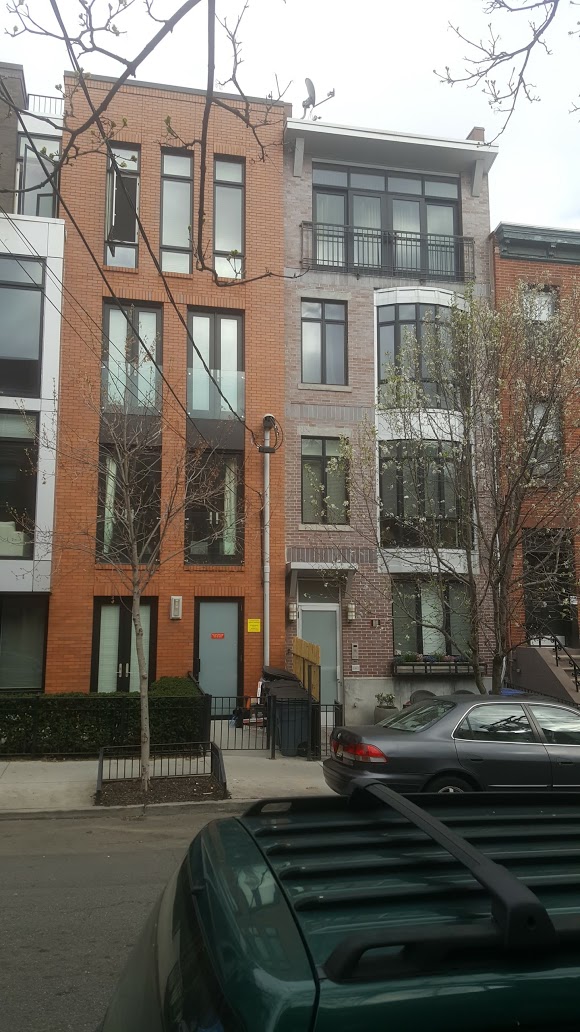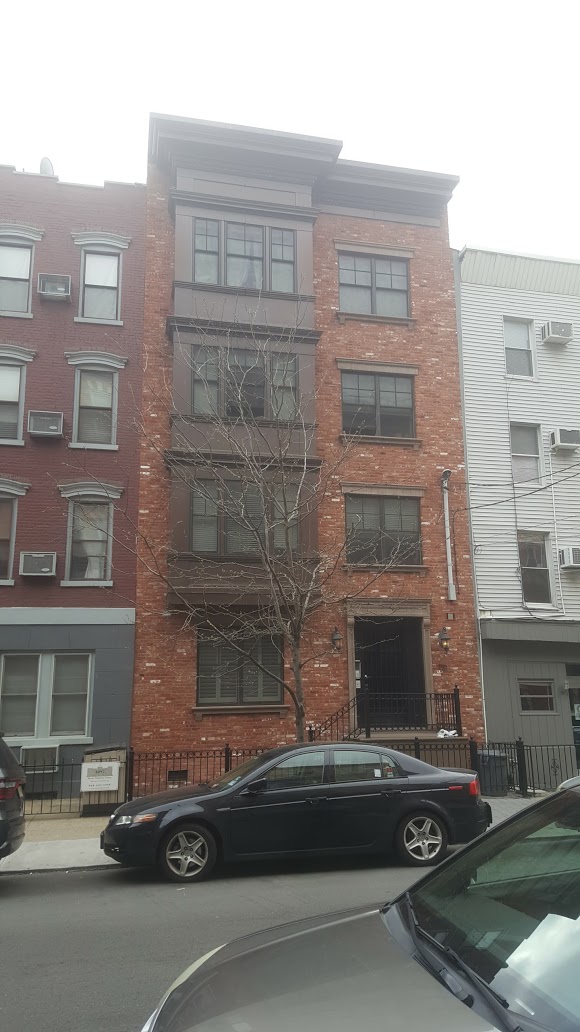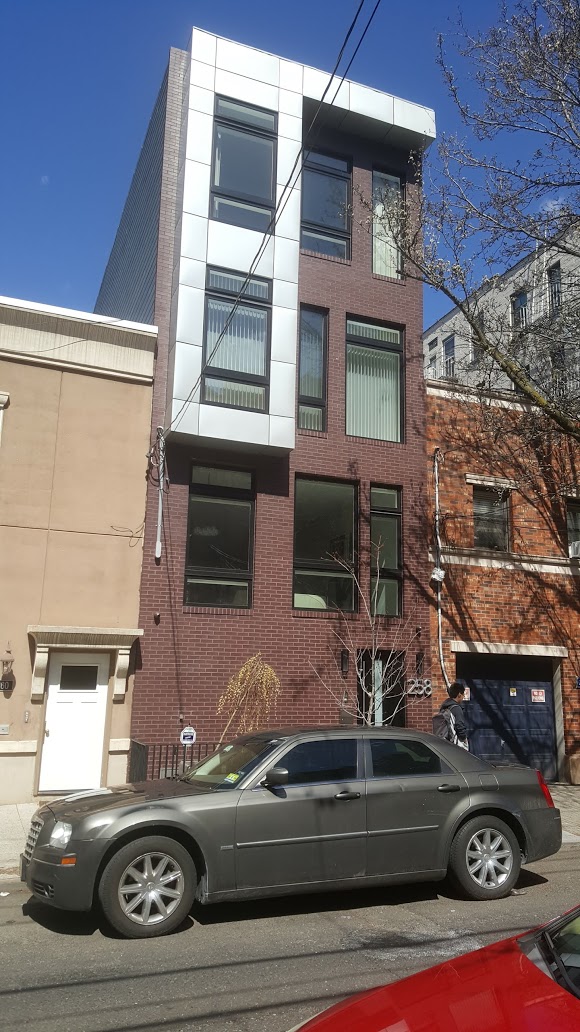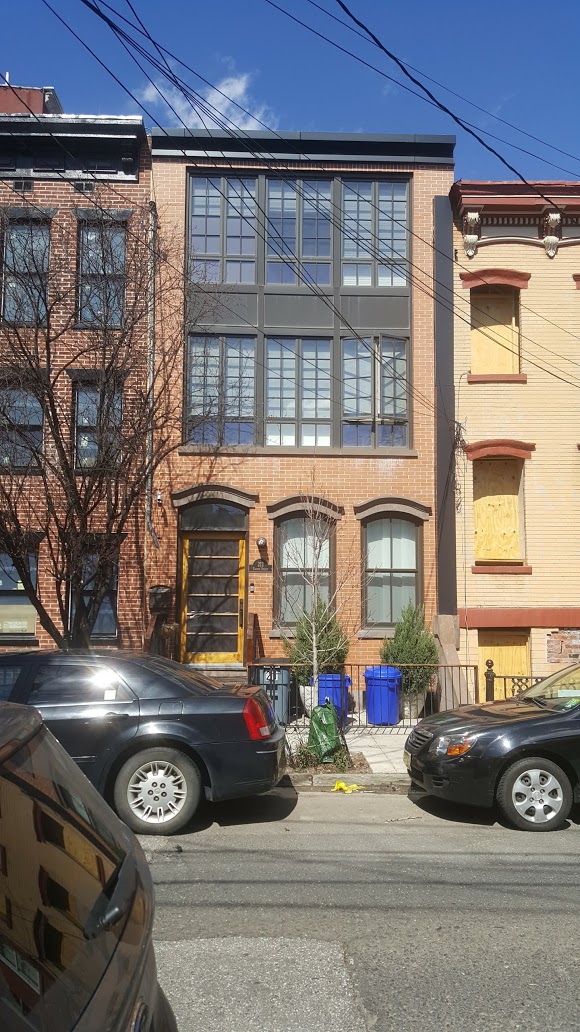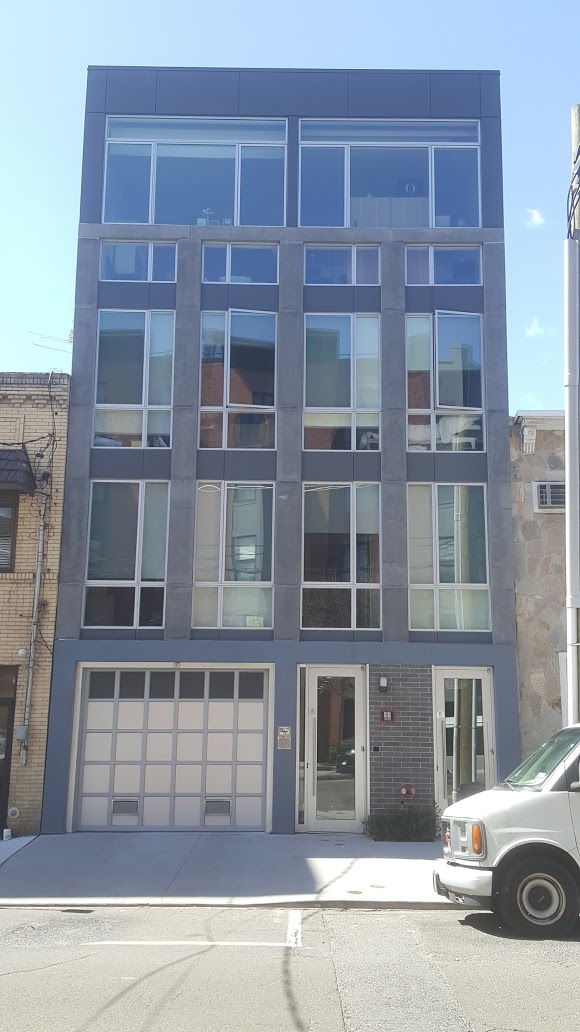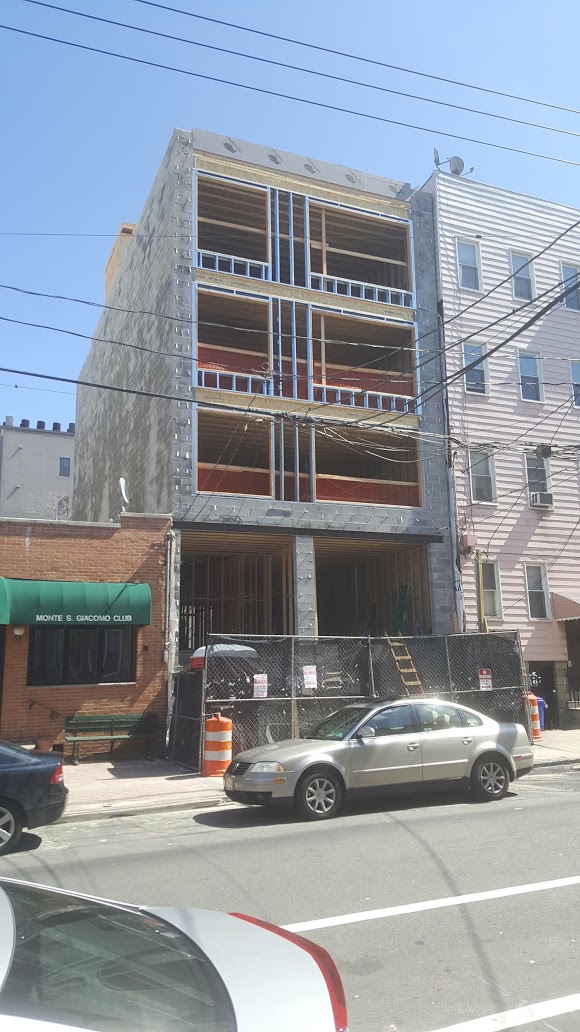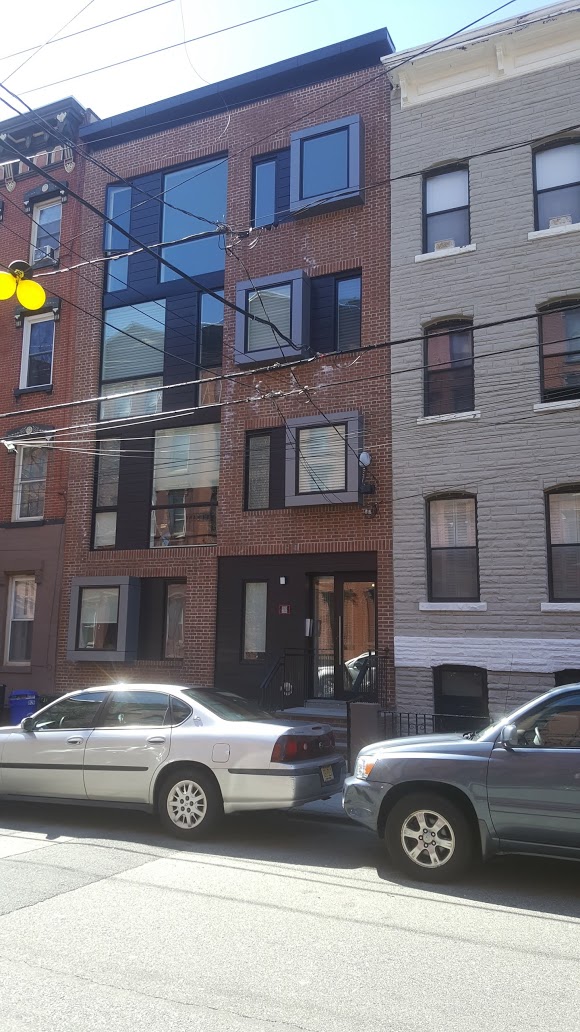What if cities purchased those big lots and sold them to small-scale developers?
Housing prices are very expensive in Hoboken, NJ. Rents are in the $3-$4 per square foot range. Townhomes sell for millions. Prices are so high because there’s a scarcity of housing. 20 million people live in the New York City metropolitan area, so Hoboken, a city of 52,000, cannot solve the supply and demand of housing in the metro region (and thus its own housing affordability issues) alone. Nobody is asking us to, but my point here is that real estate is extremely expensive.
The street I live on. It’s a nice area, but it's too expensive for comfort. We need to build more quality urban places.
Hoboken is trying to come up with a plan to redevelop the northwest corner of the city. The land is industrial - mostly bus barns, vacant land, and a few blighted warehouses.
Industrial land targetting for redevelopment. (Map)
When opportunities like this come up, the city tries to incentivize the one big developer to come in with some grand plan to buy the land and cover it in a monolithic building or two. This is pretty much what all American cities are doing nowadays to attract development.
A huge block size building in Hoboken.
You can read my thoughts on fine-grained and coarse-grained urbanism in my article Granularity.
I would love to own property one day. I would love to be able to build my dream townhome in a nice urban neighborhood. We have tons of vacant land up and down the Hudson River waiting for infill development. The problem is that it is being sold in bulk for many millions of dollars. I can’t afford that.
I’m going to throw out an idea here and see what you think.
The city of Hoboken has recently acquired land to turn into a park for about $112 a square foot. A typical block in Hoboken is about 200x400 feet. So for a similar price, the city should be able to acquire one of these blocks that they want to see redeveloped for $9 million.
A 1886 Coaster Map showing the north western corner of Hoboken from the Hoboken Historical Museum. (Source)
If you look at early plats of Hoboken, you can see the blocks were divided into about 40 lots per block. When built out with single family townhomes, multi family apartments, offices, and retail the development pattern looks something like this:
Fine-grained blocks in Hoboken, NJ, averaging around 40 lots per block. (Map)
This development pattern created an environment that is desirable, foot-oriented, and full of character. It also manages to fit a lot of people in - Hoboken is the 4th densest municipality in the United States at 40,000 people per square mile. You could probably double this density (the back half of the lot usually isn’t built over) without needing high-rises.
So I propose that when the city wants to see land redeveloped, they should purchase the block. Let’s say that costs $9 million. The city then cleans up the block, returning it to dirt. Let’s say that costs $1 million (jackhammering up a bus barn isn’t going to cost $1 million but let’s be conservative.) The city spends a total of $10 million. They re-subdivide the 200x400 foot block back into 40 lots of 100x20 feet. They sell or auction off the individual lots for $250,000 each to local residents and the city gets its money back. $250k for a parcel of land might seem expensive (this land is less than 1.5 miles out of Manhattan), however:
- It brings the prices back down to the entry point of the middle class. I can’t afford $9 million for an entire block (or the obligation to cover it with a $50 million building.) $250k, even with construction costs added on, is much more affordable for local residents, local businesses, and small developers. Contrast this to consolidating a city’s most valuable resource (land) into the hands of a few large developers.
- We will be returning to a development pattern that helped produce the lovable, high quality urban neighborhoods we have today.
- We signal to the people that the city wants them involved in developing our city, not just the big developers with dozens of millions of dollars to invest.
I do not want this to be a one-off thing. I want us to come up with smarter ways that we can regionally (and nationally) develop our urban land. Instead of just protecting and worshiping those desirable foot-oriented, row-house neighborhoods we have today, I think the only long-term solution is to return to building more of them.
What can we do with 2,000 square foot blocks? Quite a lot, actually. I covered many examples in my picture-heavy article Let’s Infill A Neighbourhood (And Make A Profit). I won’t recap that here. Instead, I will share with you photos I have taken from around Hoboken of new construction to show you what the market would fill these lots in with today:
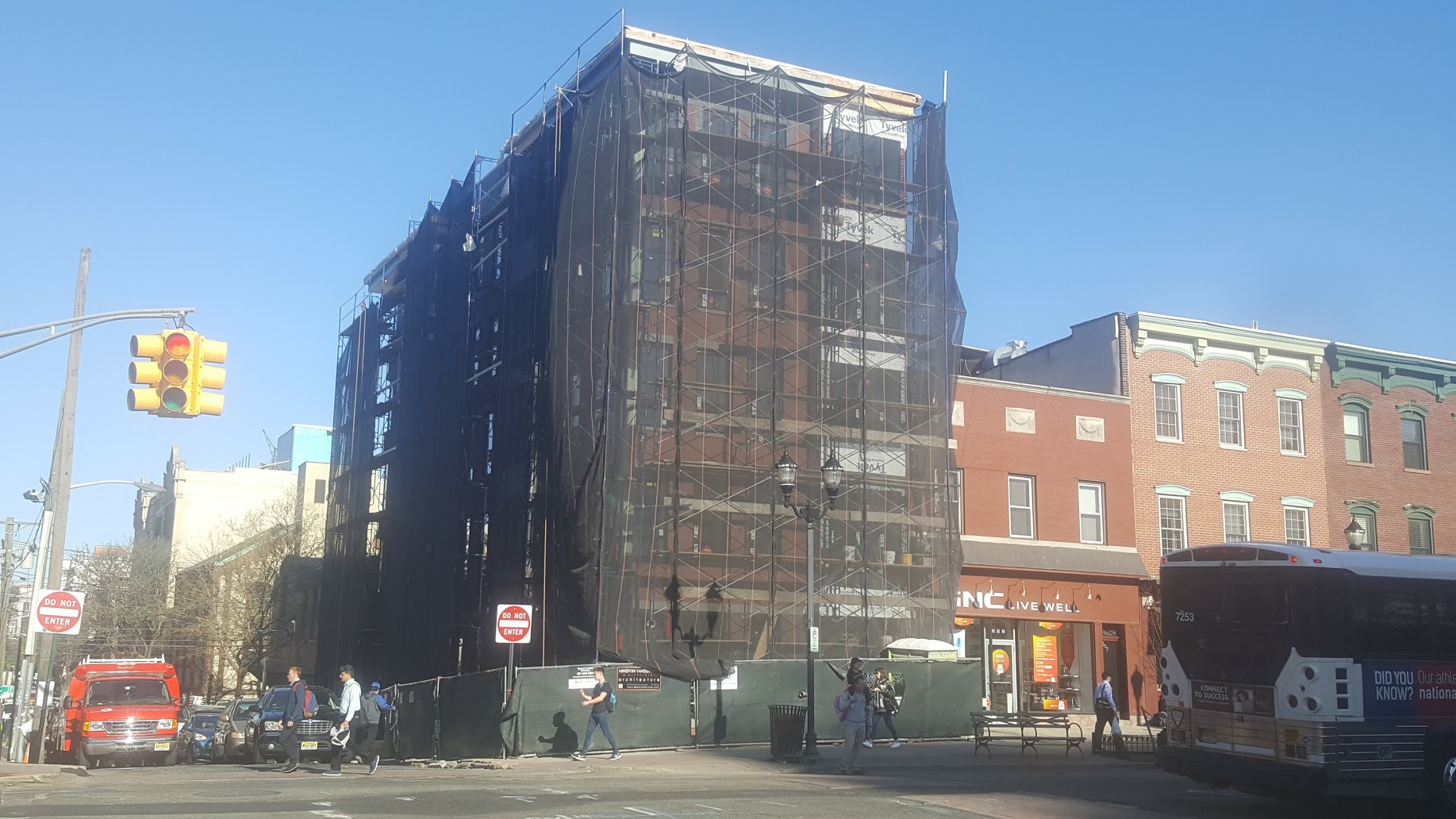
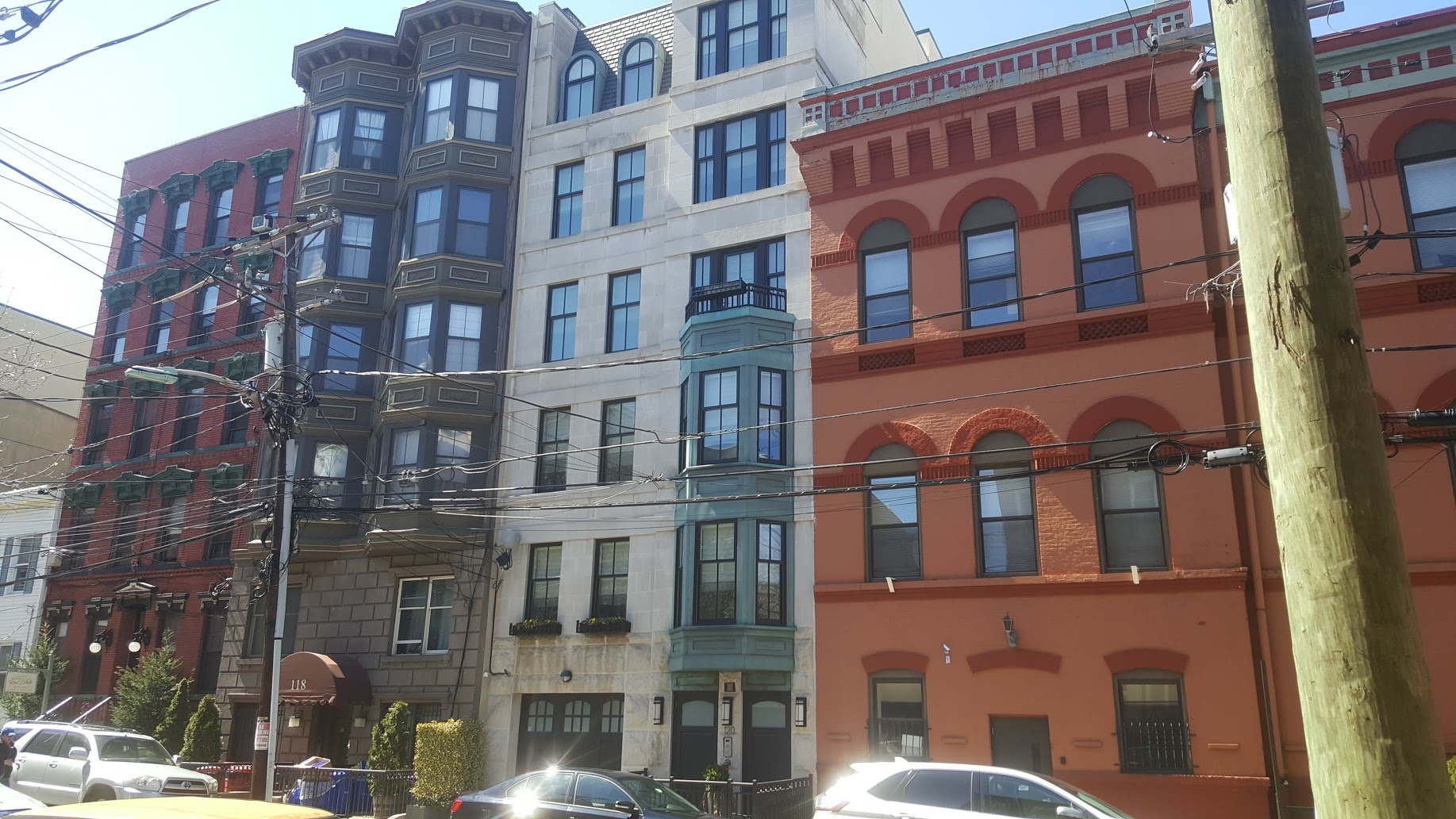
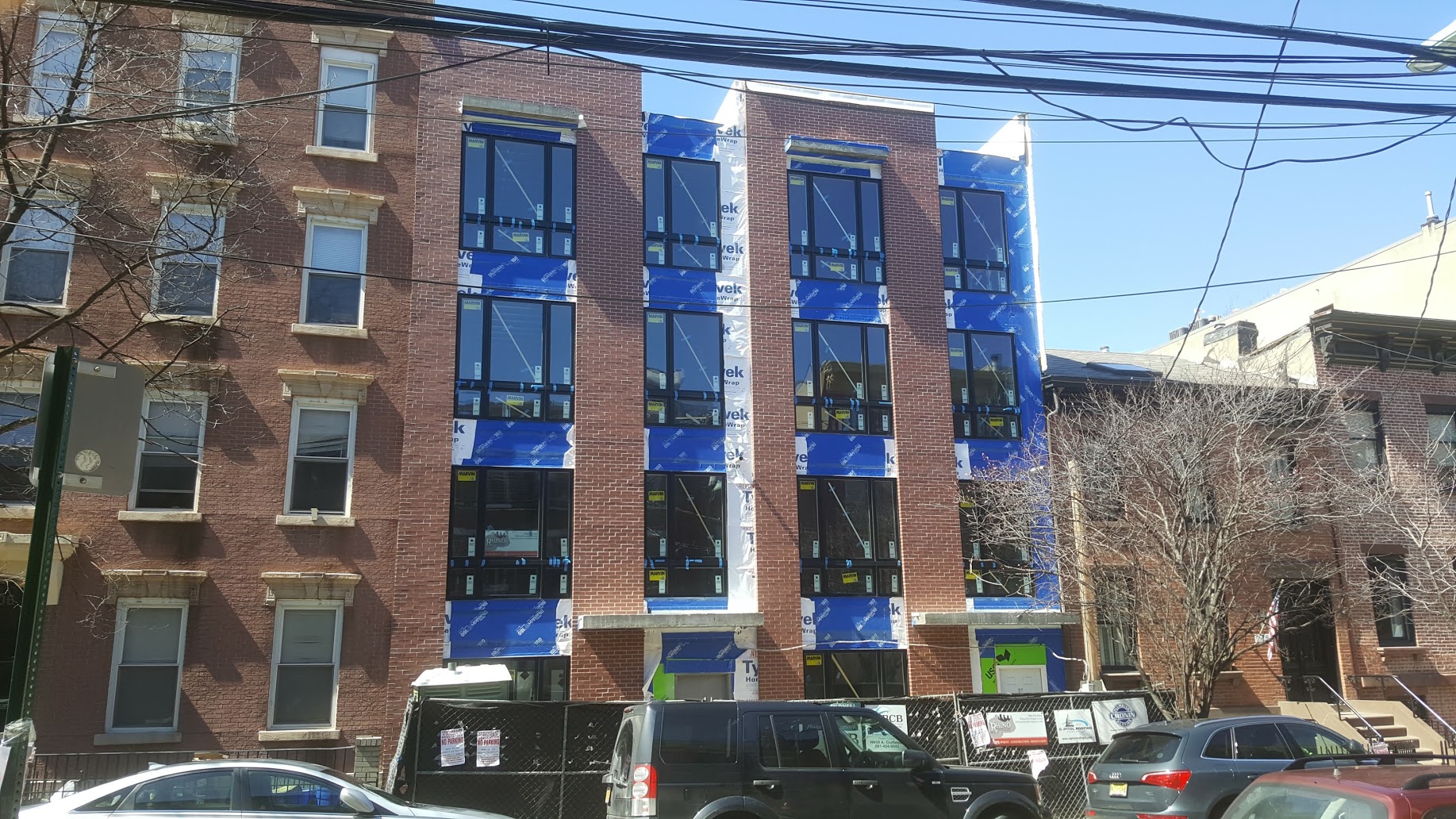
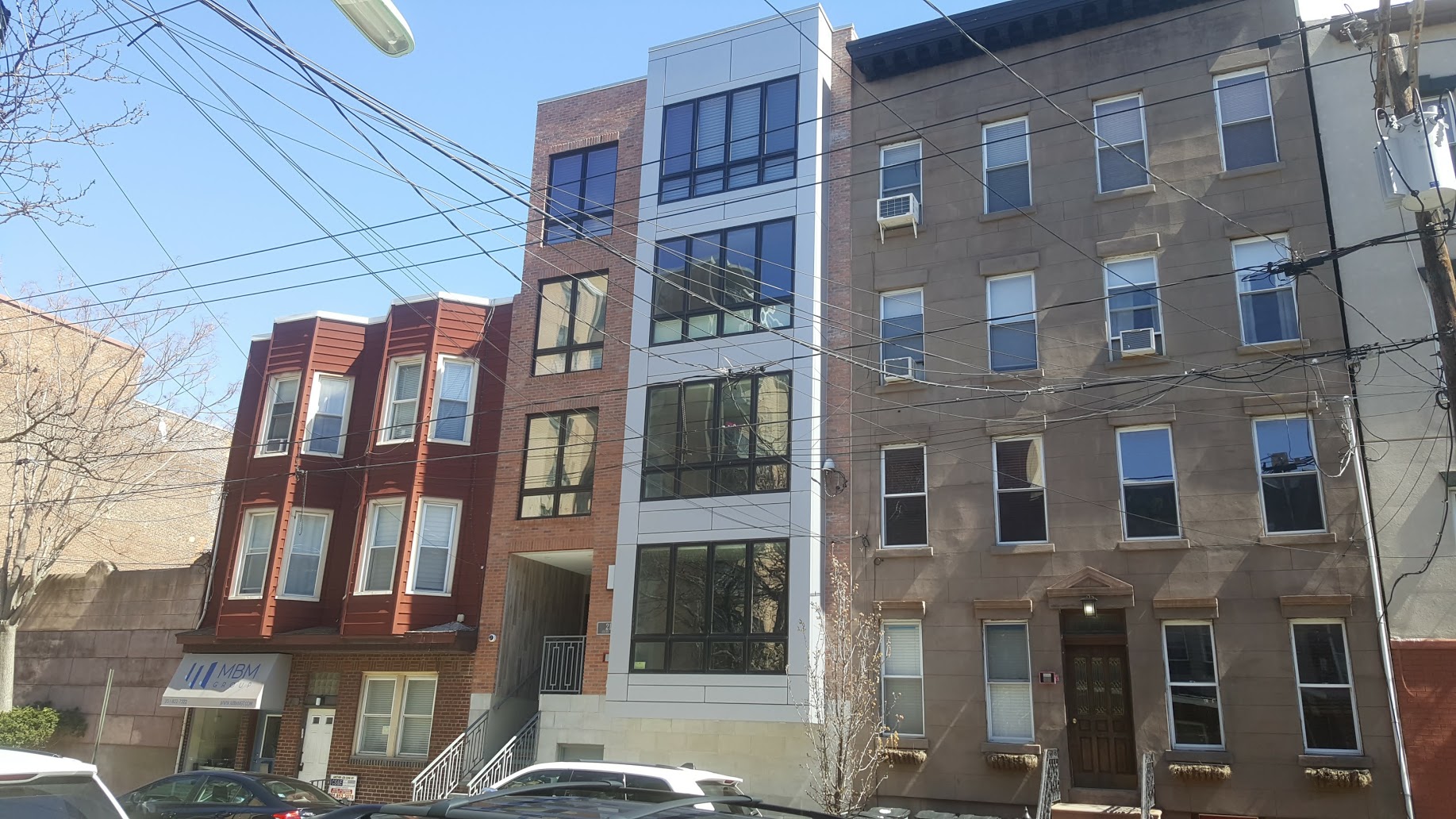
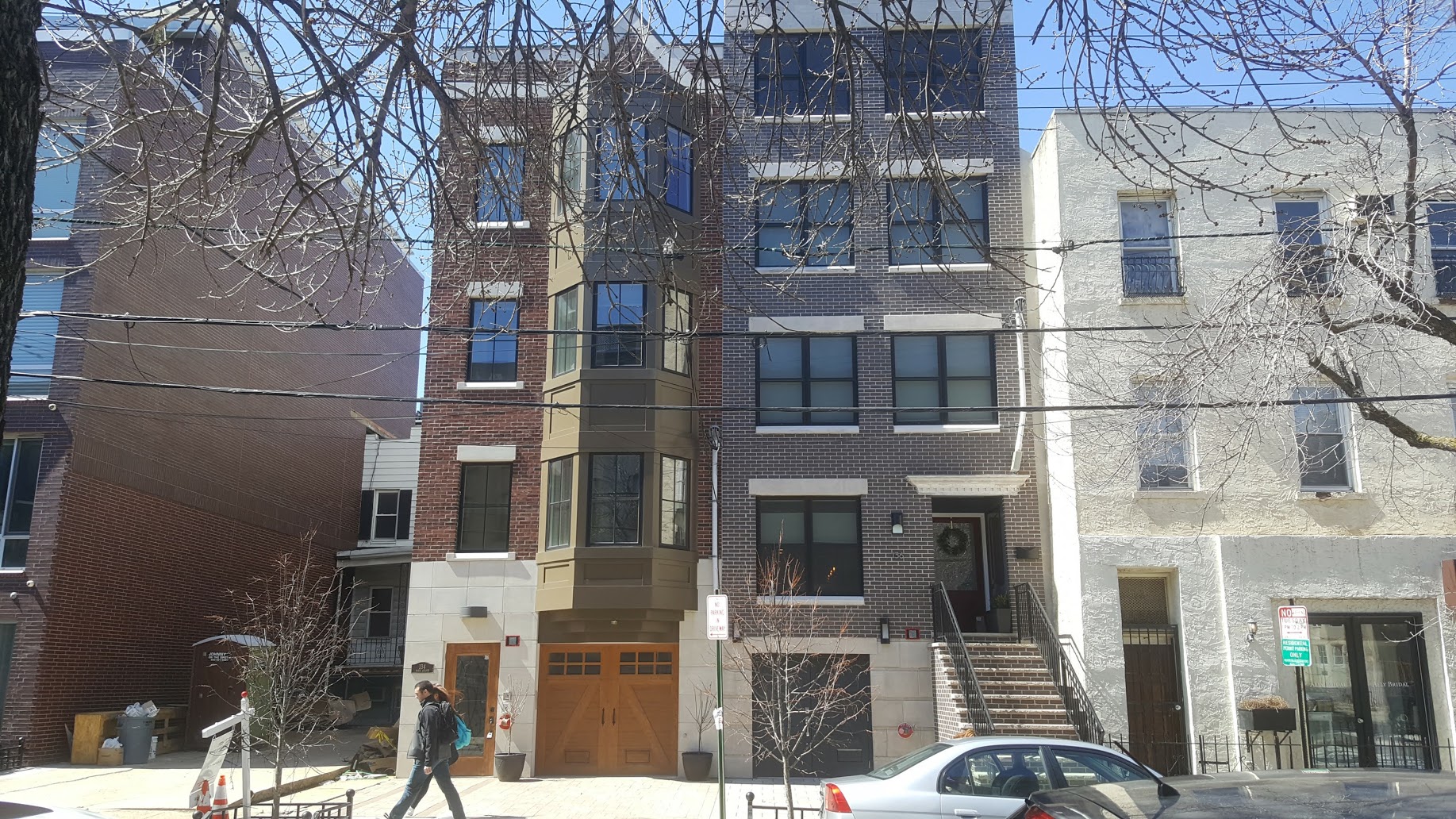
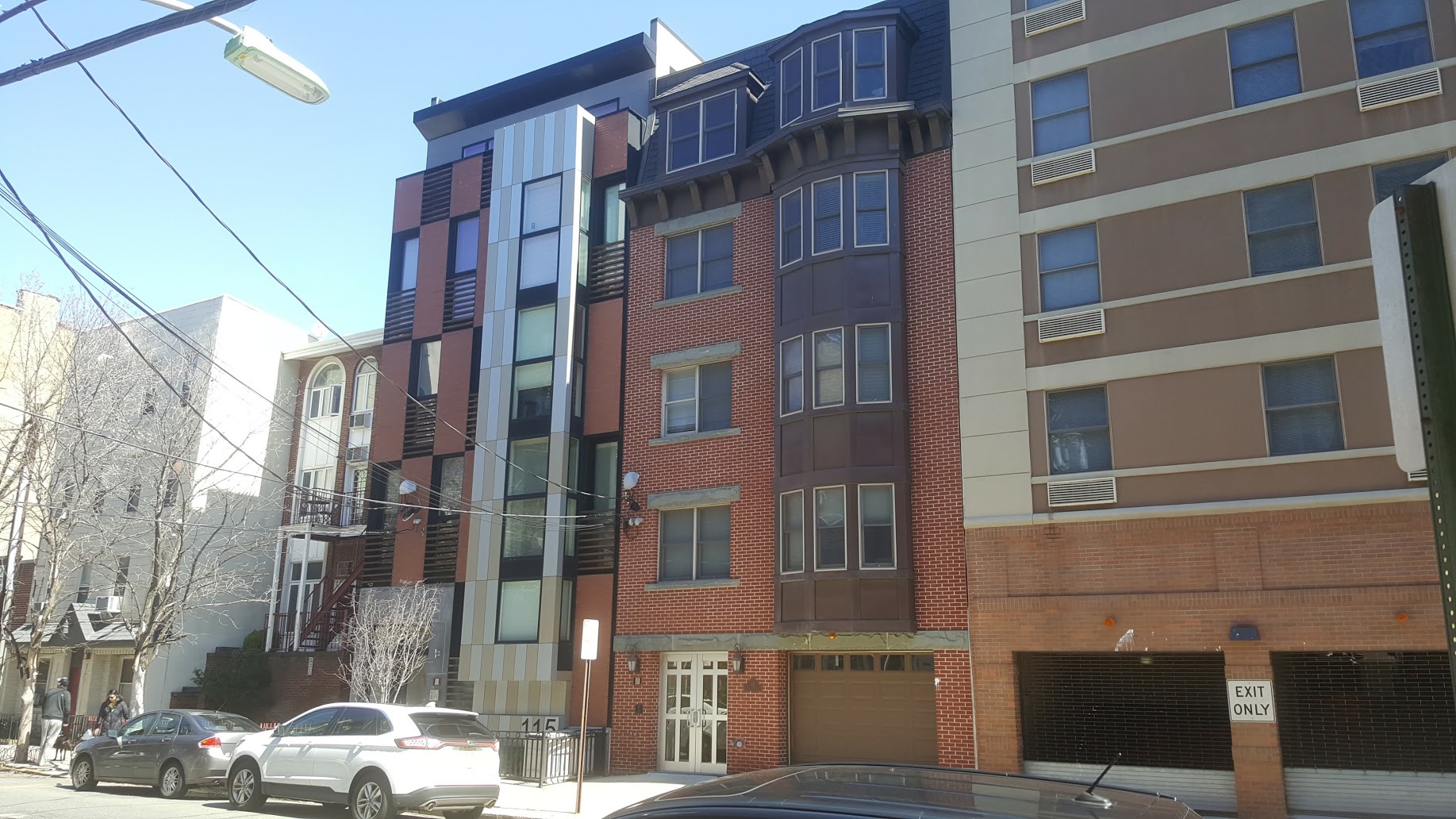

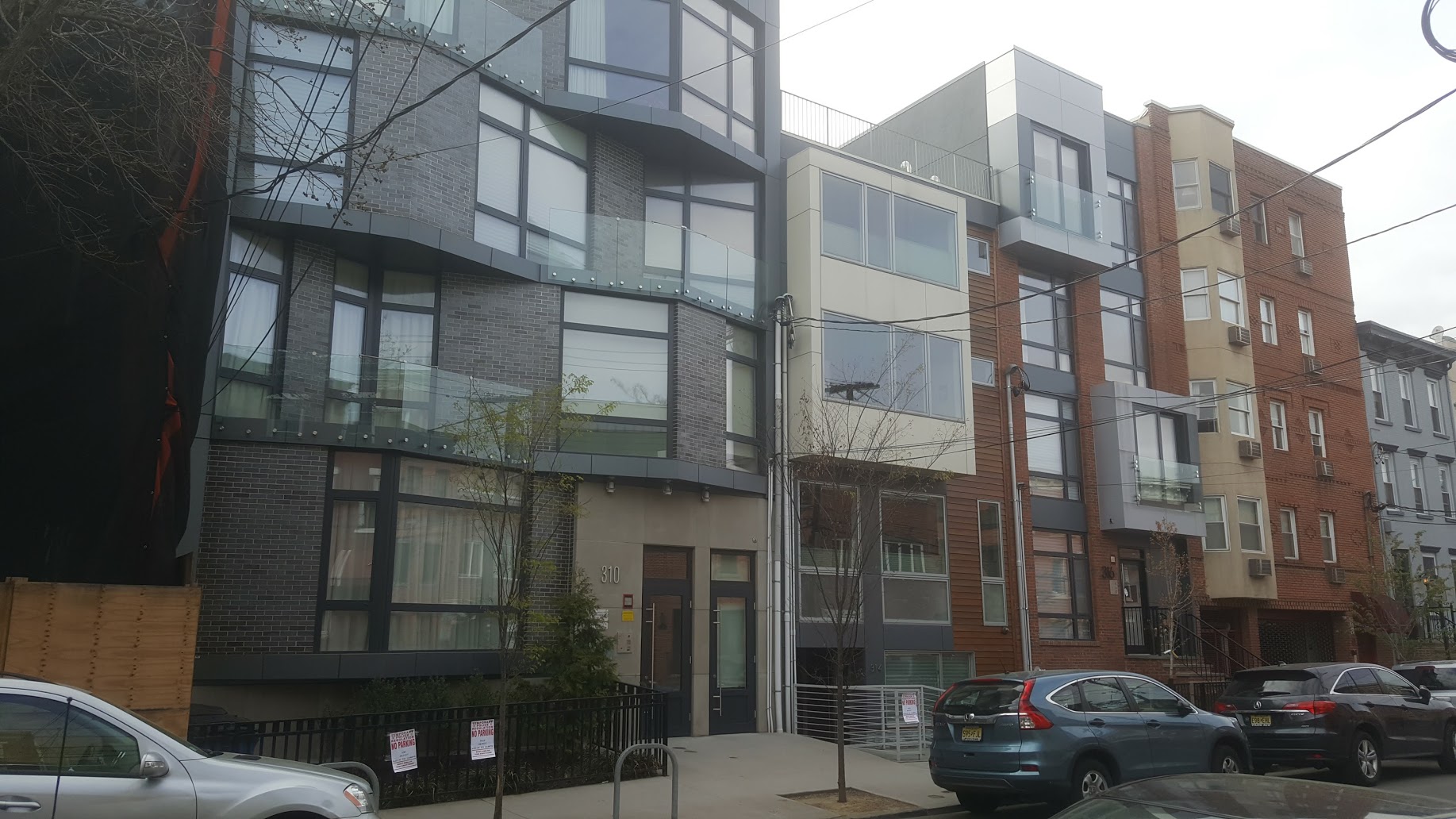
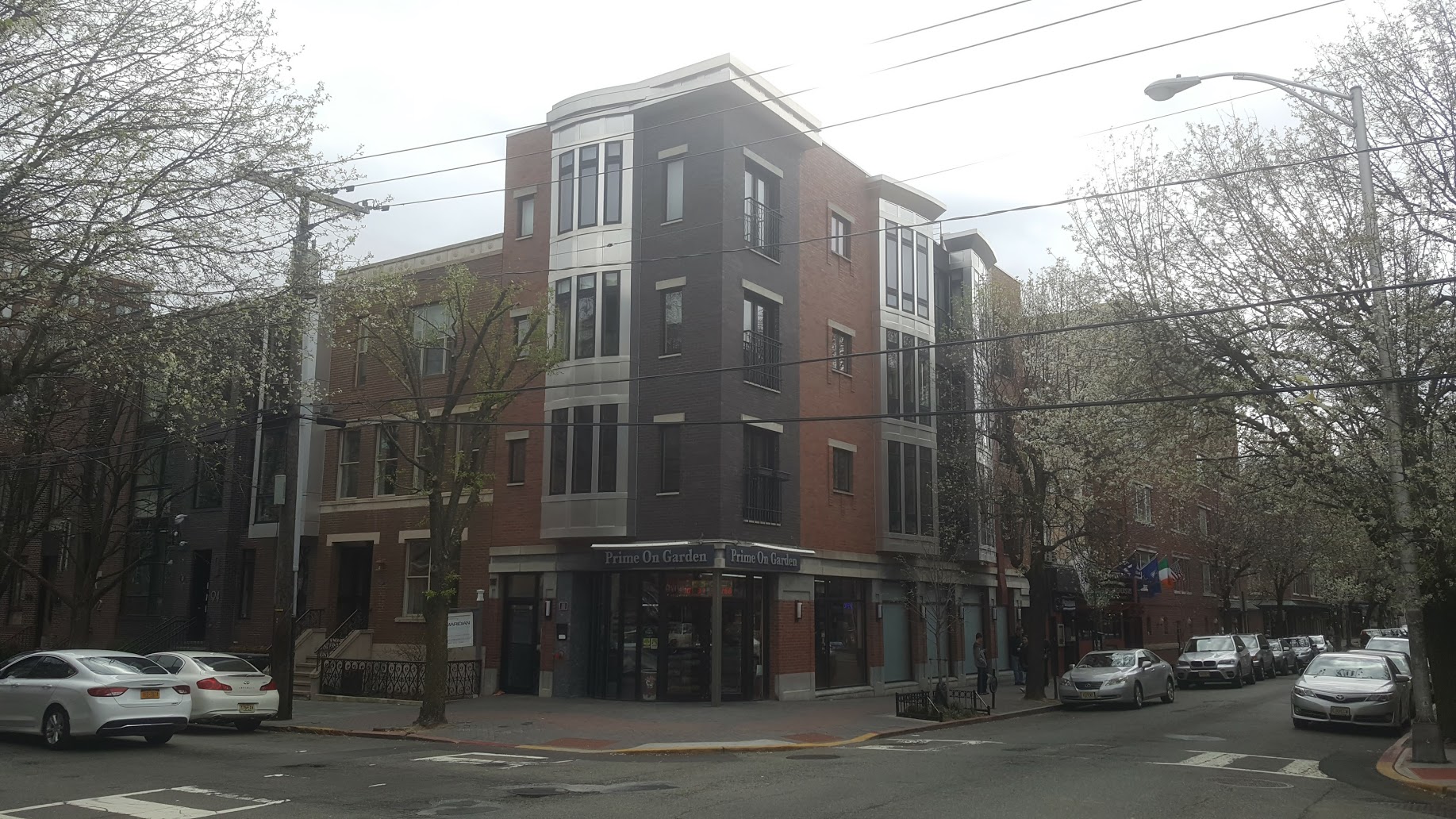

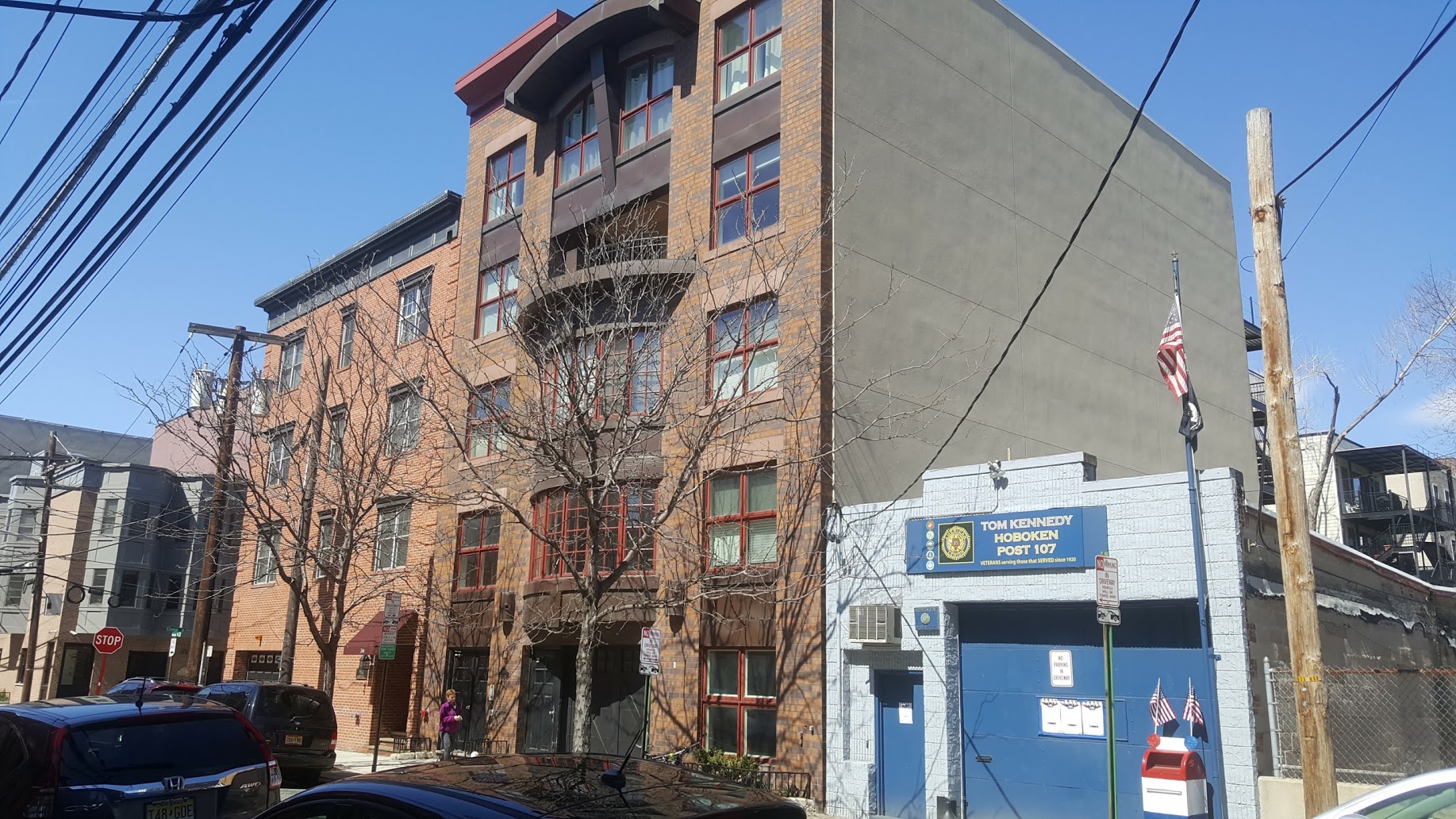
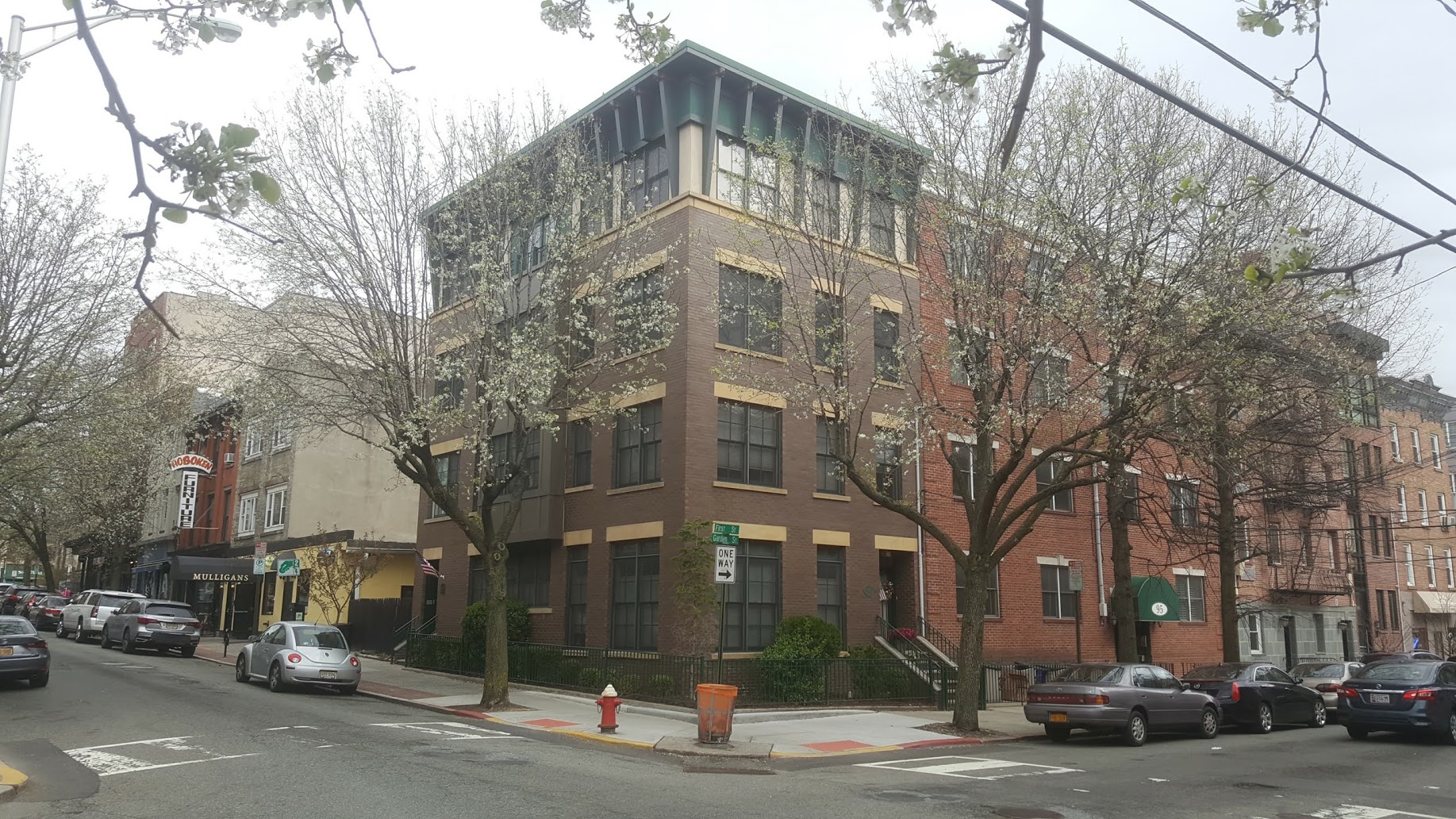
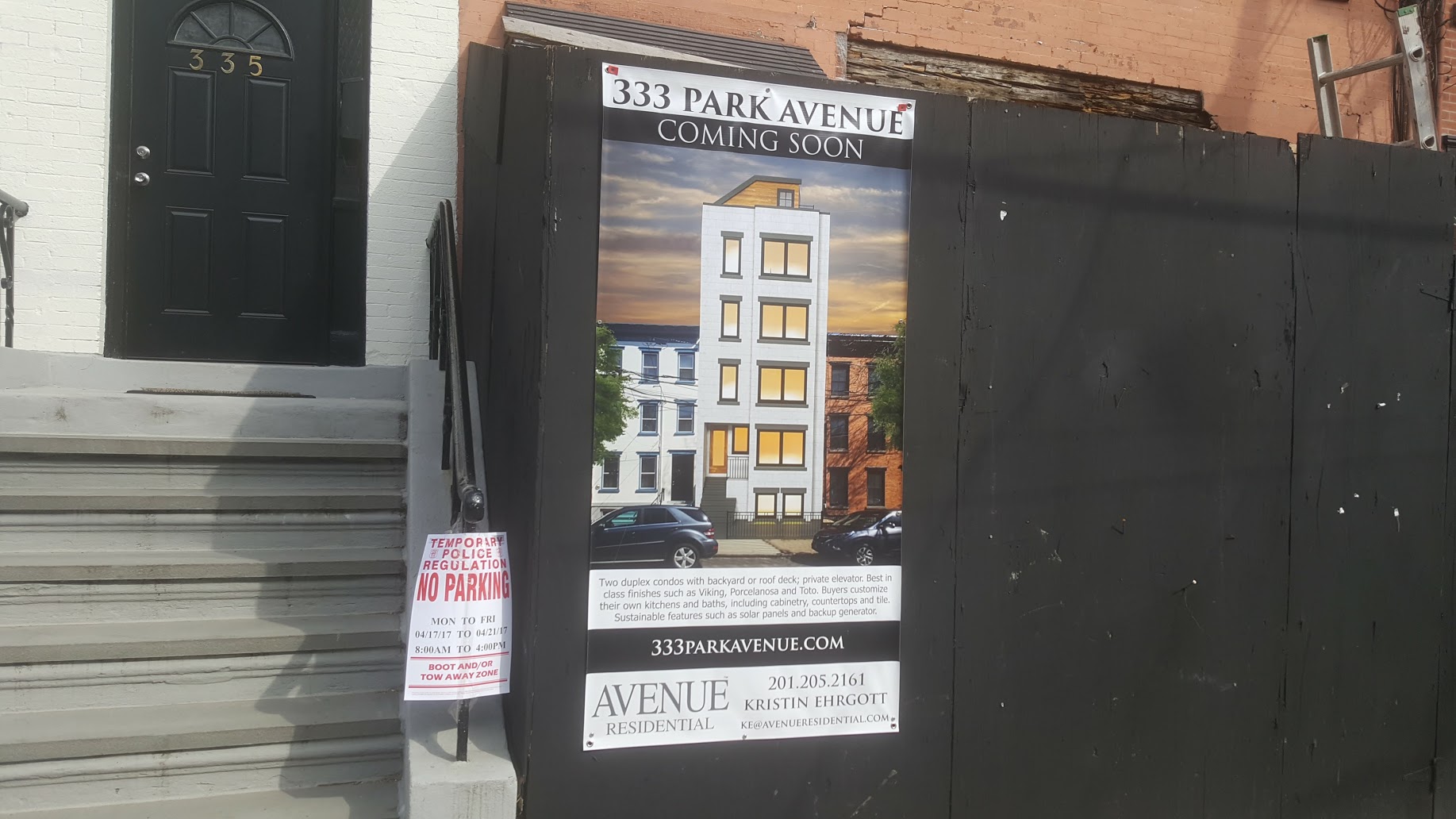
I hope this provides inspiration for what is possible. What I am suggesting is not some novel idea. In fact, it is how most early American cities were built. In Hoboken's case, we had the Hoboken Land and Improvement Company that surveyed the land, laid out the streets, and sold off the individual lots. If we want to build more great places, we need to reproduce the mechanisms that were in place that enabled our most beloved places to be built the way that they are.






